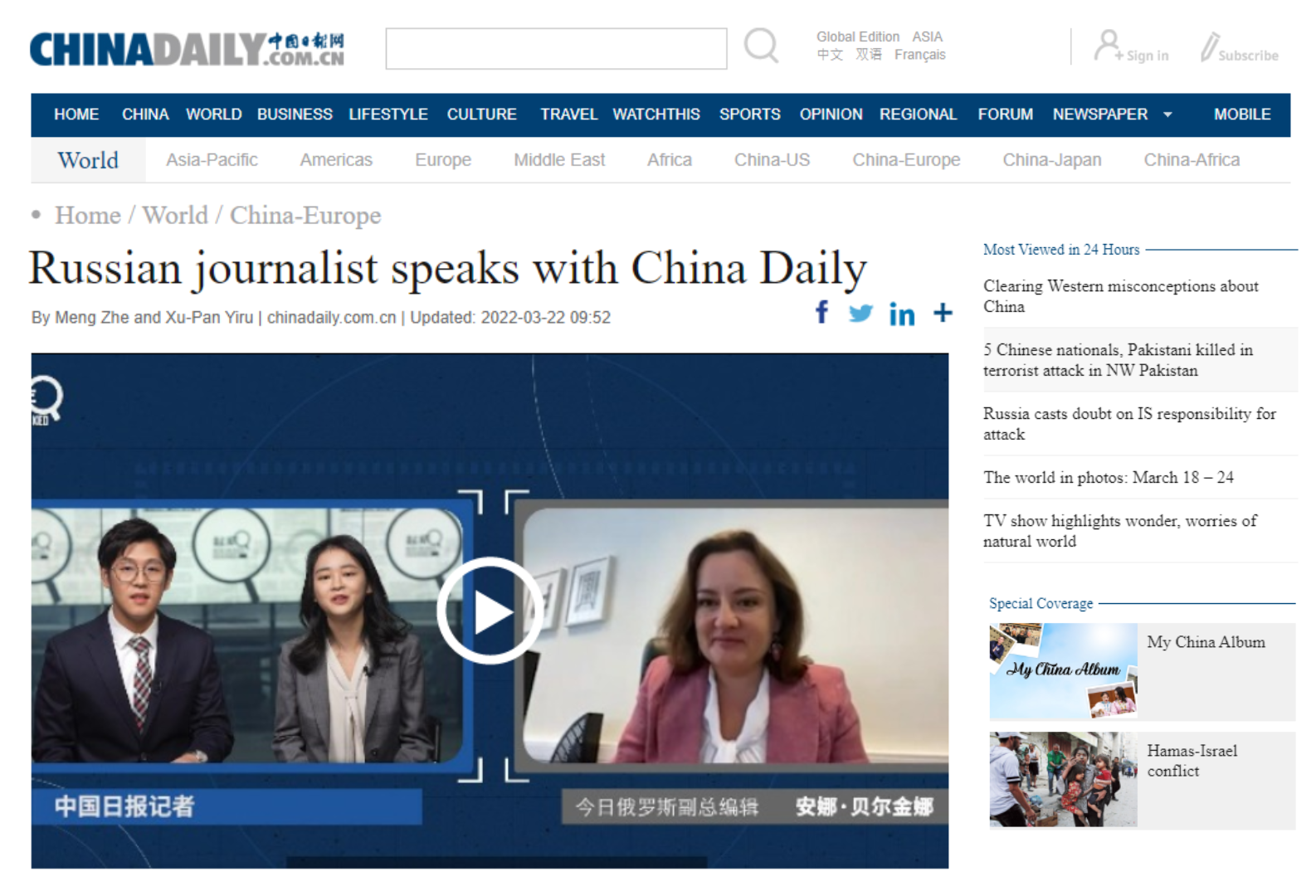
(First of two parts)
…
Artificial intelligence is China state media’s latest tool in its ongoing social media offensive to try to change negative public opinion globally on its actions in the disputed waters of the South China Sea.
China Daily has deployed A.I.-enhanced short videos of real-life reporters who have mostly toed Beijing’s line on the sea dispute with the Philippines and neighboring countries.
This was based on a scan by PressOne.PH of a TikTok account associated with the state media outlet, titled “Media Unlocked,” which has been the subject of two of our recent alerts.
- ALERT: China Daily’s socmed propaganda push gets more traction on TikTok
- ALERT: Chinese state media’s TikTok account plays victim after being flooded with negative comments
At least 16 TikTok videos uploaded since January 2024 carried disclosures of A.I. enhancement, albeit brief and placed at the upper right-hand corners of the portrait-oriented, short-form video content.
The brief disclosure, “Voice modified by AI,” appeared for only seven seconds at most in the nearly one-minute videos.
Narrow and almost transparent sans serif text was used, which could easily be missed by viewers scrolling down on their TikTok feeds.
A.I. used prior to full explainer
Media Unlocked first disclosed its use of an “A.I. tool,” which it did not identify, in a 58-second explainer video posted on Nov. 29, 2023.
It noted that viewers must have “probably noticed a little change in our videos lately,” an apparent admission that the A.I. tool had been used by the channel even prior to uploading the explainer video.
Given TikTok’s interface, where user experience is driven by scrolling through a feed of endless video suggestions, the explainer video could easily be missed by viewers who have not accessed the channel’s main page.
The explainer has so far been viewed only about 5,000 times, a small number compared with some of Media Unlocked’s viral videos whose viewership run into the tens of thousands.
One A.I.-enhanced video, “’Read More Books’ China Told Bongbong Marcos,” has been viewed nearly 47,000 times since it was uploaded on Jan. 18, 2024.
In the November 2023 explainer video, China Daily journalists Meng Zhe and Xu-Pan Yiru explained the rationale for the channel’s use of A.I.
“Authenticity is everything,” admitted Xu-Pan as she addressed what she mentioned as the “curiosity” of the audience on the TikTok channel’s A.I. enhancements.
Accents toned down
Xu-Pan claimed some viewers wanted to “tone down the accents” so they could “catch every word.”
“So A.I. is lending a helping hand to fine-tune our speeches,” she said.
With just one click, she added, the channel could also switch to another language, including Japanese, Korea, Spanish, French, and Arabic.
The TikTok explainer did not disclose whether the A.I. enhancements went beyond fine-tuning speech.
Meng clarified: “We are testing how A.I. can supercharge our work without compromising our message.”
He argued that recording could be “time-consuming” and the channel wanted to “create videos anywhere, anytime.”
“We want A.I. as our sidekick, not the superhero. We are still the scriptwriters and the editors. Full control, as always,” he claimed.
Ties to China Daily
Control of the channel clearly belongs to China Daily – whose LinkedIn profile describes itself as a “government agency” headquartered in Beijing – and therefore the Chinese government.
Launched in 1981, China Daily is China’s biggest English-language newspaper, claiming a readership of 350 million.
Although it is not disclosed openly on the Media Unlocked channel, Meng Zhe and Xu-Pan Yiru are reporters for China Daily. Their stories appear on the China Daily website.
Media Unlocked describes itself simply as a TikTok channel of “China-based Journalists, Covering China & Global Issues.” The description does not explicitly mention ties to China Daily.
Moreover, it is not flagged as a Chinese government-run media outlet on TikTok, where it has the largest following, or on Facebook, YouTube, or X (formerly Twitter), allowing it to disseminate its pro-China content free of disclaimers that could have helped viewers judge the credibility of the content by themselves. Felipe F. Salvosa II
Next: Examining Media Unlocked’s narratives on the South China Sea dispute
